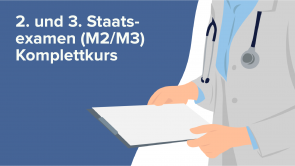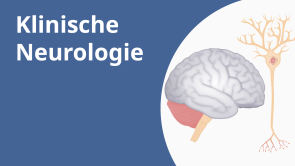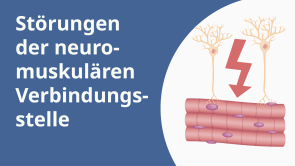Lambert-Eaton-Myasthenie-Syndrom (LEMS): Pathophysiologie und Behandlung

Über den Vortrag
Der Vortrag „Lambert-Eaton-Myasthenie-Syndrom (LEMS): Pathophysiologie und Behandlung“ von Roy Strowd, MD ist Bestandteil des Kurses „Störungen der neuromuskulären Verbindungsstelle“.
Quiz zum Vortrag
Which of the following is not consistent with the pathophysiology of Lambert-Eaton myasthenic syndrome?
- Slow, repetitive nerve stimulation results in increased response due to a calcium build-up in the presynaptic terminus.
- Voltage-gated calcium channel antibodies prevent calcium influx into the presynaptic terminus.
- Reduced acetylcholine (ACh) release results in a decrease in baseline motor amplitude.
- Slow, repetitive nerve stimulation results in diminished response due to a reduction in ACh release.
- Fast repetitive nerve stimulation increases the buildup of calcium in the presynaptic terminus resulting in an incremental response.
Which of the following is not a treatment for Lambert-Eaton myasthenic syndrome?
- Pyridostigmine
- Corticosteroids
- 3,4-diaminopyridine
- Plasmapheresis
- Immunosuppression
Diese Kurse könnten Sie interessieren
Kundenrezensionen
5,0 von 5 Sternen
| 5 Sterne |
|
5 |
| 4 Sterne |
|
0 |
| 3 Sterne |
|
0 |
| 2 Sterne |
|
0 |
| 1 Stern |
|
0 |






